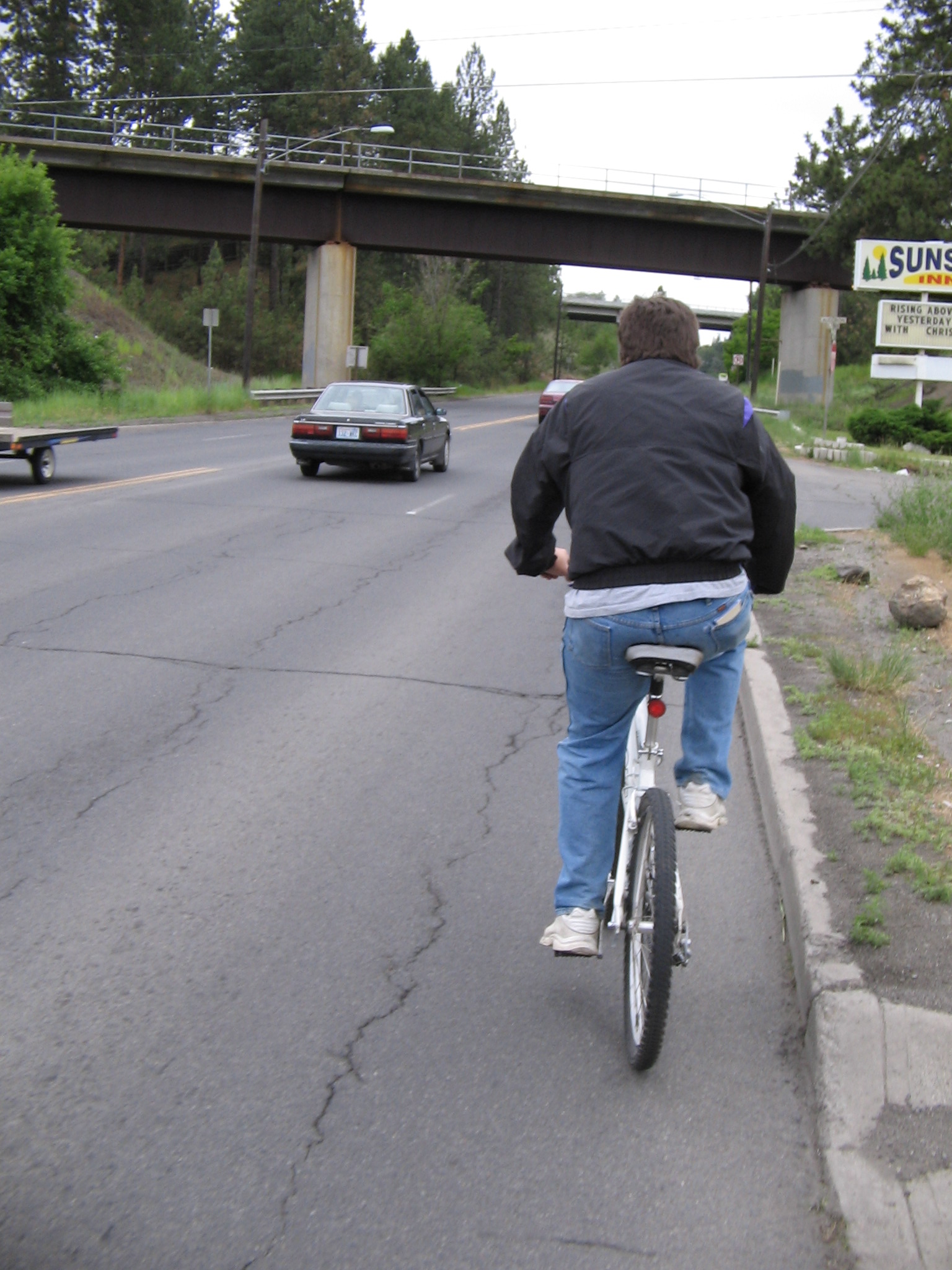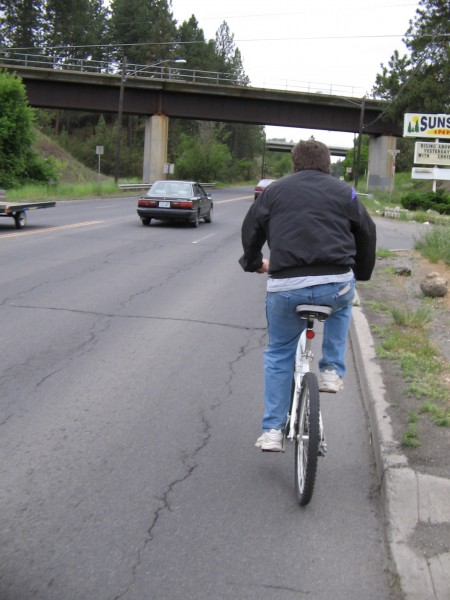Emerging research is discovering that the design and layout of your neighborhood can affect your health.
People who live in low-density, sprawling residential areas–where houses are far from stores and jobs–tend to drive more, and walk less, than people who live in more compact neighborhoods with a mixture of stores, services, and homes.
Sightline, working with the Transportation Choices Coalition, has completed four fact sheets (pdf format) detailing how sprawl may be affecting the health of Washington residents.
- Car crashes (PDF): More driving means a higher risk of car crashes–the leading killer of young people in the Northwest.
- Obesity and physical inactivity (PDF): Less walking can contribute to the twin epidemics of obesity and physical inactivity, which drain billions of dollars each year from the economy of Washington.
- Air quality (PDF): Driving can lead to more exposure to on-road air pollution.
- Social capital (PDF): Sprawl can affect health because it physically separates people from their neighbors; social isolation, in turn, is associated with poorer health.
While the relationships among community design, social capital, and health are still unclear, additional research may uncover new avenues for improving health through better community design.
Also see Sightline’s reports on Sprawl and Smart Growth in Selected Northwest Cities.









